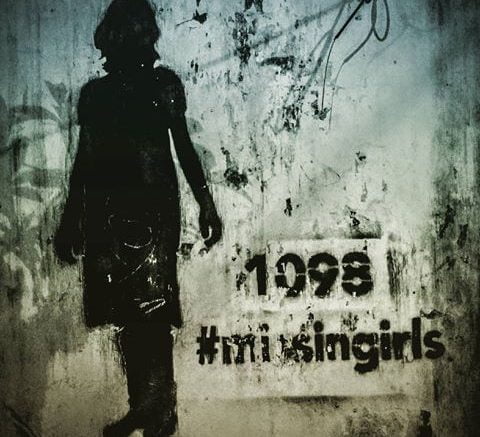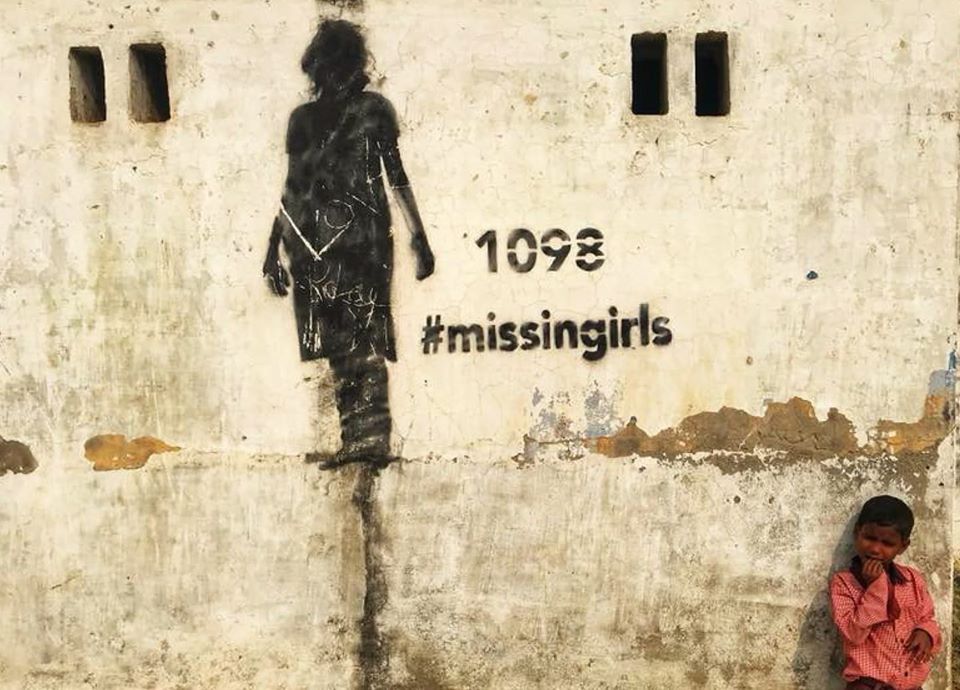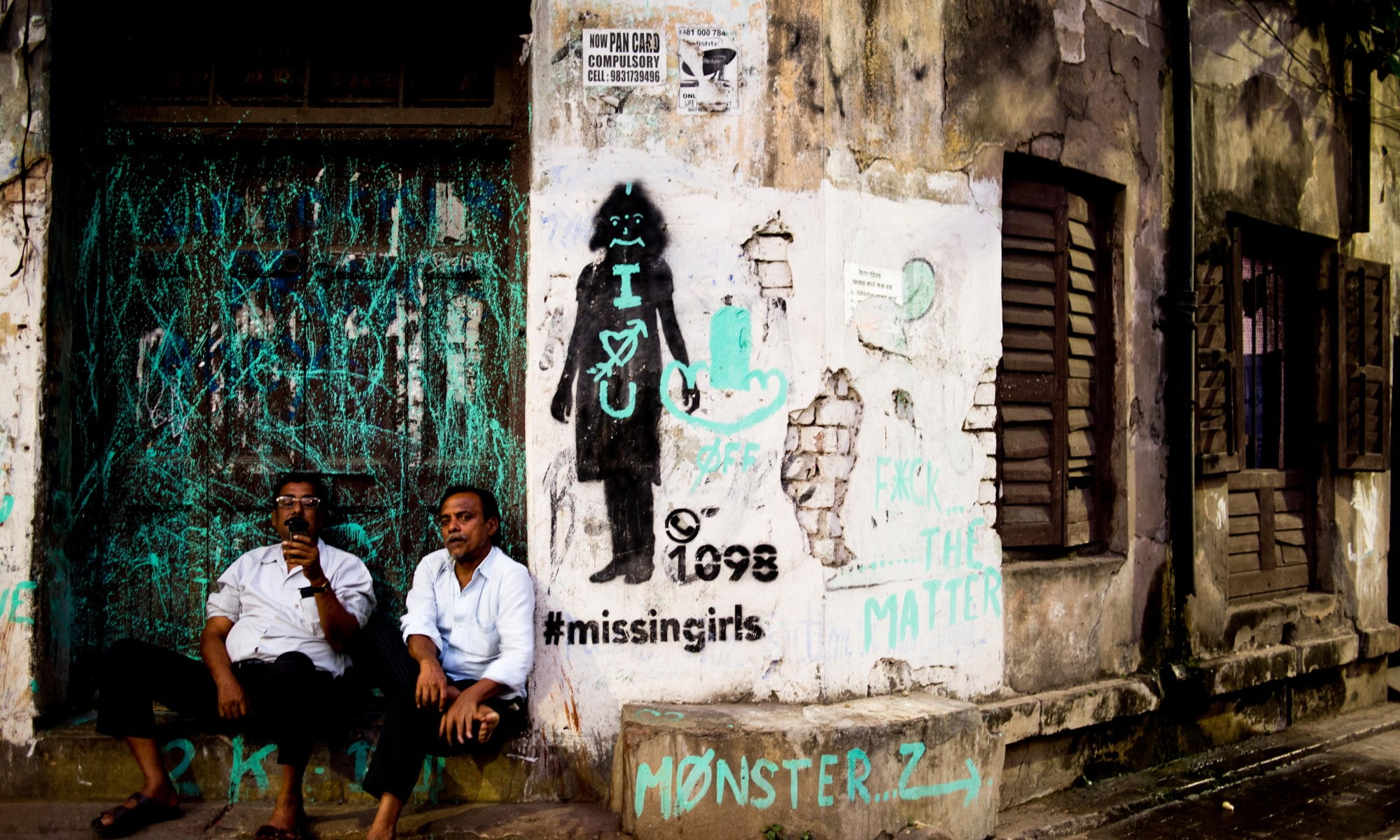The National Crime Records Bureau of India which works under the Ministry of Home Affairs recently published a Report on Missing Women and Children in India, which is compiled by collecting the numerous reports that the state/UT police receive every year. People either voluntarily go missing or are trafficked by others into sex work, child labour or for other forms of labour. They publish this Report in order to determine the areas that are more prone to trafficking of children and women in India, thereby facilitating the investigation and looking for consequent remedies to mitigate the problems. The data published by NCRB has taken the years of 2016, 2017 and 2018 to compile this report.

Of course, it is no news that India has been declared the most unsafe country for women to live in. However, despite such ‘honour’ from international organisations, the government is doing near to nothing in order to tackle such a grave situation. Our newspapers, television channels and now social media news feed are all crowded with reports of violence against women and juveniles. And these are the documented cases that get reported by the victims or their families or find their way to be accepted by news media platforms to become a crime, virtuous enough to be able to make their way to ‘fame’. The actual numbers of such missing reports or of violence against women are probably even higher than the numbers known by government officials.
What Does The Report Say?
The data presents information about missing people in general, but given the patriarchal society that we live in, where violence against women and minors is commonplace, the data is meant for addressing the concerns around women and children’s safety. The Report states, “As per data on missing persons in Crime in India, a total of 2,90,439 people in 2016, 3,05,267people in 2017, and 3,47,524 people in 2018 have been reported as missing.”
However, the table also classifies these missing people into 3 categories of gender/sex: Male, Female and Transgender people. Despite the fact that men constitute 52 per cent of the Indian population, whereas women do the rest 48 per cent, women have certainly been at the forefront when it comes to the Missing Persons Report. Adding to that, the data also depicts that the numbers of missing women have only increased from 2016 to 2018, which in turn indicates that the current socio-political environment has only gone worse resulting in such precarious situations.
The Report reads, “Maharashtra registered maximum number of missing women during the year 2016, 2017 and 2018 with a figure of 28,316, 29,279 and 33,964 missing women respectively. West Bengal remains in second position throughout the years 2016, 2017, and 2018 with 24937, 28,133, and 31,299 missing women respectively.”
Missing Women
While, government schemes like Beti Bachao Beti Padhao Yojna, Mahila Shakti Kendra, Sukanya Samriddhi Yojana, etc. are all being regularly launched by the government, they have failed to become a hindrance to the violence perpetrated against women in India. Moreover, if one compares the numbers that have increased every year, between 2016-17 and 2017-18, it can be seen that while for the former the jump was by 14,361 missing women, whereas for the latter, it is more than double of the last surge: 35,239 missing women. And these are cases reported by the families of victims/missing women and further accounted for by the state police authorities. The unreported cases of missing persons, in this case women, would add to these already appalling numbers!

The Report also presents us with the data of missing women from all the states which have ‘excelled’ in this domain. Maharashtra tops the list, and West Bengal, Madhya Pradesh and Delhi UT follow chronologically. The Report reads, “Maharashtra registered maximum number of missing women during the year 2016, 2017 and 2018 with a figure of 28,316, 29,279 and 33,964 missing women respectively. West Bengal remains in second position throughout the years 2016, 2017, and 2018 with 24937, 28,133, and 31,299 missing women respectively.” Districts of Mumbai, Pune and Thane in Maharashtra are the areas which have been prone to reports of missing women.
What Does The Report Mean?
The first point of emphasis, which needs to be dealt upon is the notion that these are cases that were formally reported to the police authorities, which were then communicated through the state/UT police bodies to the NCRB. However, historically the police in India have not been the finest institution to seek justice or rehabilitation from. Custodial violence and a general fear of the police always act as a deterrence and can easily become intimidating, especially for the people from marginalised groups. Further, in the case of missing women’s report, due to societal patriarchal stigmas enforced on women, police authorities often refute FIRs of missing women, on grounds of women ‘mischievous’, who they assume might have run away with some ‘man’ for love and marriage.
Secondly, the report has no mention of the identities of these women: Who are they? Where do they come from? Which communities (caste, class, ethnicity) do they belong to?
The human trafficking networks, which often targets women for labour and sexual exploitation, for reasons of cheap or no wages at all. A documentary on Dalit women in Nepal and India made by ISDN (International Dalit Solidarity Network) states, “…most of the women and girls in India and Nepal’s sex industry are either Dalits or Tribals.
The report homogenises the category of women and does not provide any information about the multiple facets of discrimination a woman might have to face. The intersectionalities of these missing women matter because their lives are intertwined within various kinds of marginalities. It could be caste, class, ethnic or religious oppression, that might have led to either them going voluntarily missing or be pressurized or coerced into trafficking for sexual labour, prostitution and labour of other forms.
Also read: The Anti-Trafficking Bill Puts The Lives Of Sex Workers At Risk. Here’s Why.
The human trafficking networks often targets women for labour and sexual exploitation, for reasons of cheap or no wages at all. A documentary on Dalit women in Nepal and India made by ISDN (International Dalit Solidarity Network) states, “…most of the women and girls in India and Nepal’s sex industry are either Dalits or Tribals. Discrimination renders them extremely vulnerable to trafficking and girls as young as 8 are stolen from their villages and sold to brothels.”

Since the report is meant for alleviating these trafficking networks, such details about the communities where women are more vulnerable than others needs immediate investigation. Dalit and Tribal women in India are often traded because their families are unable to provide them basic necessities. The NCRB report itself suggests that, factors like lack of formal education and employment opportunities result in such dire conditions. Hence, the data should be presented in a way that focuses on these lines of oppression that put women in vulnerable edges leading to their sexual and labour exploitation.
Missing Children
Along with the stats on missing women in India, the Report also presents the data on missing children in India. The Report states, “During the year 2016 a total of 63,407 children, during 2017, 63,349 children, and during 2018 a total of 67,134 children have been reported as missing.” For the data on missing children, the NCRB does not provide the readers with even the minimum division of respective number of girls and boys missing, as a whole or regionally. Although, they do provide us with the numbers of missing children from different states.

It reads, “Among States/UTs, Madhya Pradesh remains on top in years 2016, 2017 and 2018 with 8,503, 10,110 and 10,038 numbers of missing children respectively. West Bengal has retained second position over the years 2016-18 with 8,335 in 2016, 8,178 in 2017 and 8,205 in 2018.” Yet again, we do not find any more information on these children, in order to understand which areas of the social spectrum should be investigated in order to understand their vulnerability of going missing.
Also read: The Criminalisation Of Denotified Tribes & Its Consequent Forced Sex Work Tradition
Juveniles are one of the most vulnerable groups of trafficking, since children are easy to manipulate by human traffickers, both for labour as well as sexual exploitation. The increase in numbers of missing children from 2016 to 2018 is an indicator in itself that the government is failing to protect the rights of its citizens, be it women or children. The competitive but dying economy, the lack of jobs, the deplorable condition of women’s safety and the poor state of literacy in India all add to these numbers, making women and children the primary targets of exploitation.
Featured Image Source: Judhjit Ganguli
About the author(s)
Pragya is a Master's Graduate in Sociology from Jawaharlal Nehru University. She works as the content editor at Feminism In India. She is also a ramen enthusiast, a hummus mother, a postcard hoarder and a wannabe cat lady. She still prefers writing on her notebooks, rather than on her laptop, but her job demands her to do just the opposite. Her favourite season is spring, and her alter ego is that of Mrs. Dalloway who said, "She would buy the flowers herself", in case no man ever buys her any!




